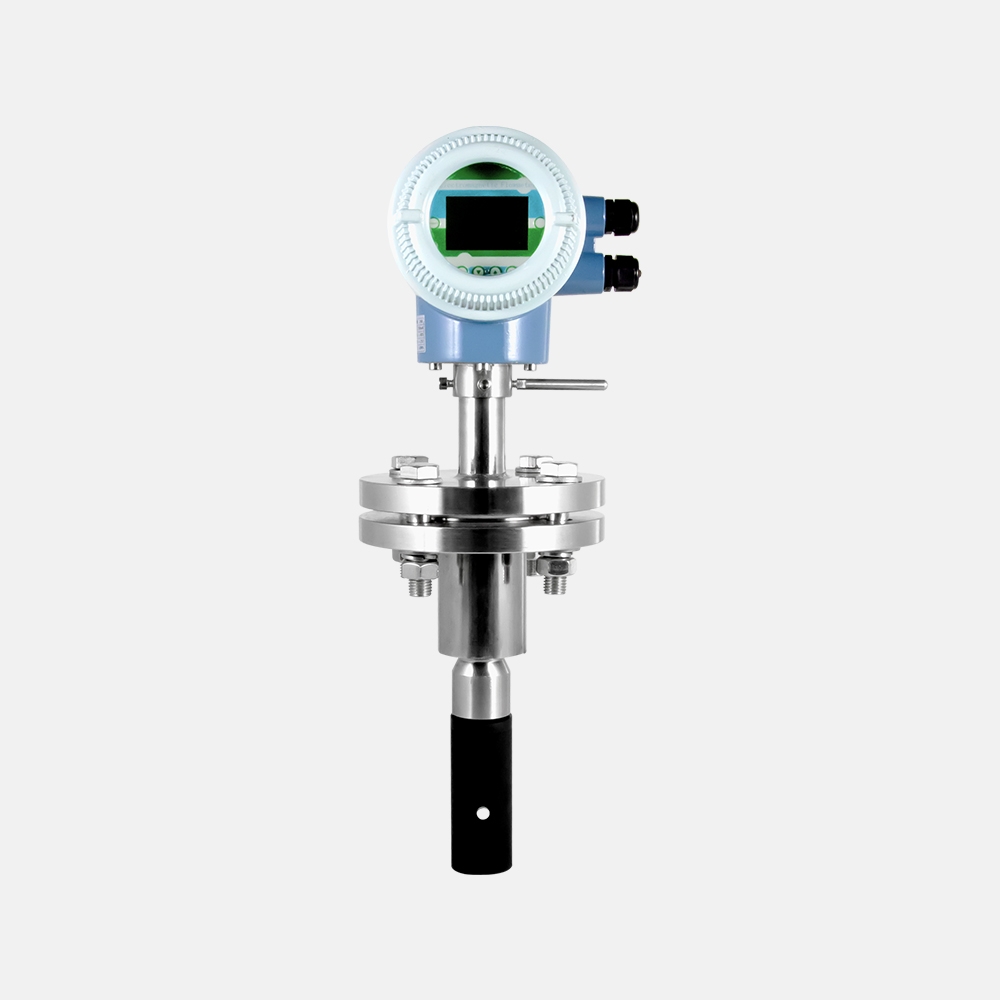Flow Switch
Range: 1cm/s~150cm/s (water),
3cm/s~300cm/s(oil)
Temperature Compensation LED Indicator
New Product Change Notice (PCN) effective Jan 1, 2025. MICROSENSOR appreciate your understanding.
MFE600C
Used For
Chemical Industry, Water Supply and Drainage, Sewage Treatment
Leave a MessageMFE600C Insert Type Electromagnetic Flow Meter is a flow measuring instrument based on the advantages of pipeline installation electromagnetic flow. MFE600C electromagnetic meter avoids the defects of difficult installation and high cost in large-diameter pipelines. The characteristics of opening under pressure and installation under pressure can realize construction and installation without stopping water.
MicroSensor has a professional electromagnetic flowmeter production equipment line with an annual production capacity of nearly 10,000 flowmeters. There are two sets of flow calibration devices on the production line. MFE600C insertion electromagnetic flow meter has CE certification. Split and one-piece structures are optional. The MFE600C Insert Type Flow Meter finds extensive application in the chemical industry, as well as in water supply, drainage, sewage treatment, and various other sectors.
Features
• Split type and integrated type optional
• IP65 and IP68 degree of protection optional
• Widescreen LCD on-site display
• Flow upper limit, lower limit alarm output
Image:
MFE600C Insert Type Electromagnetic Flow Meter is a flow measuring instrument based on the advantages of pipeline installation electromagnetic flow. MFE600C electromagnetic meter avoids the defects of difficult installation and high cost in large-diameter pipelines. The characteristics of opening under pressure and installation under pressure can realize construction and installation without stopping water.
MicroSensor has a professional electromagnetic flowmeter production equipment line with an annual production capacity of nearly 10,000 flowmeters. There are two sets of flow calibration devices on the production line. MFE600C insertion electromagnetic flow meter has CE certification. Split and one-piece structures are optional. The MFE600C Insert Type Flow Meter finds extensive application in the chemical industry, as well as in water supply, drainage, sewage treatment, and various other sectors.
Features
• Split type and integrated type optional
• IP65 and IP68 degree of protection optional
• Widescreen LCD on-site display
• Flow upper limit, lower limit alarm output
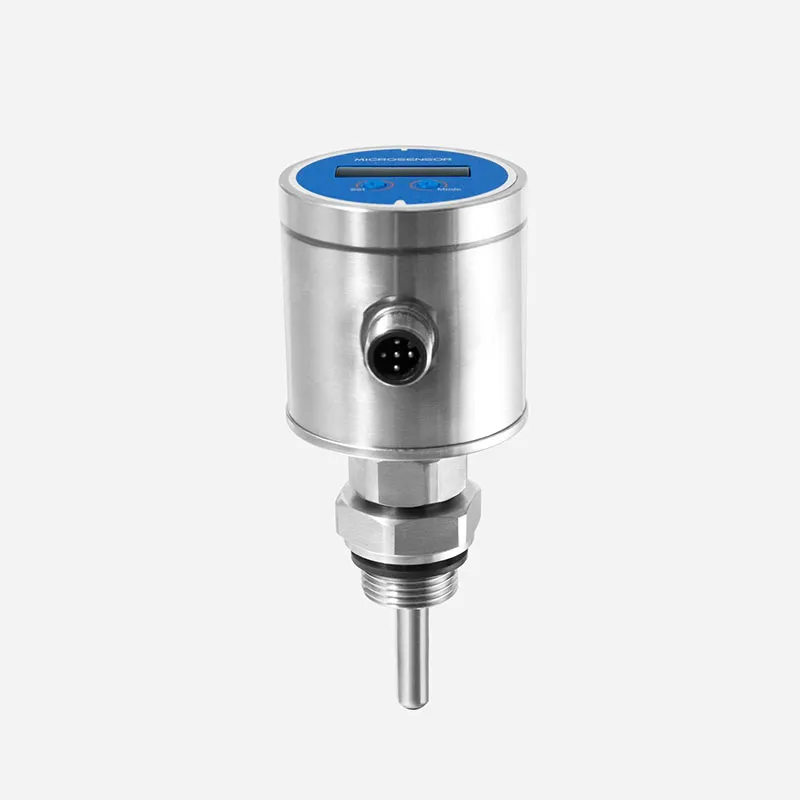
Range: 1cm/s~150cm/s (water),
3cm/s~300cm/s(oil)
Temperature Compensation LED Indicator
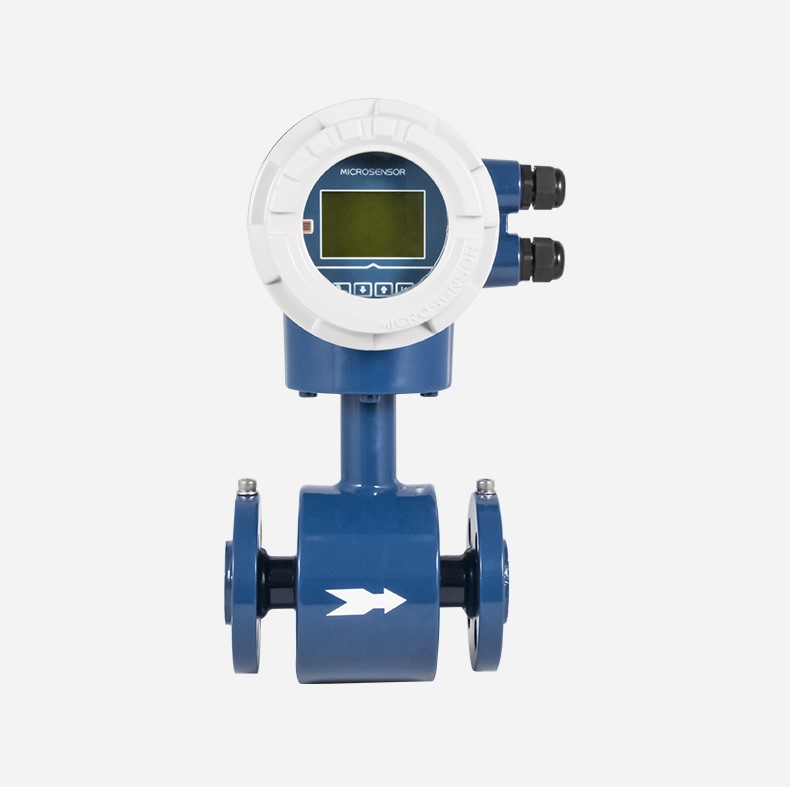
Diameter: DN6~DN1600
CE, ATEX approved
Flange, sanitary, threaded, clamping type available
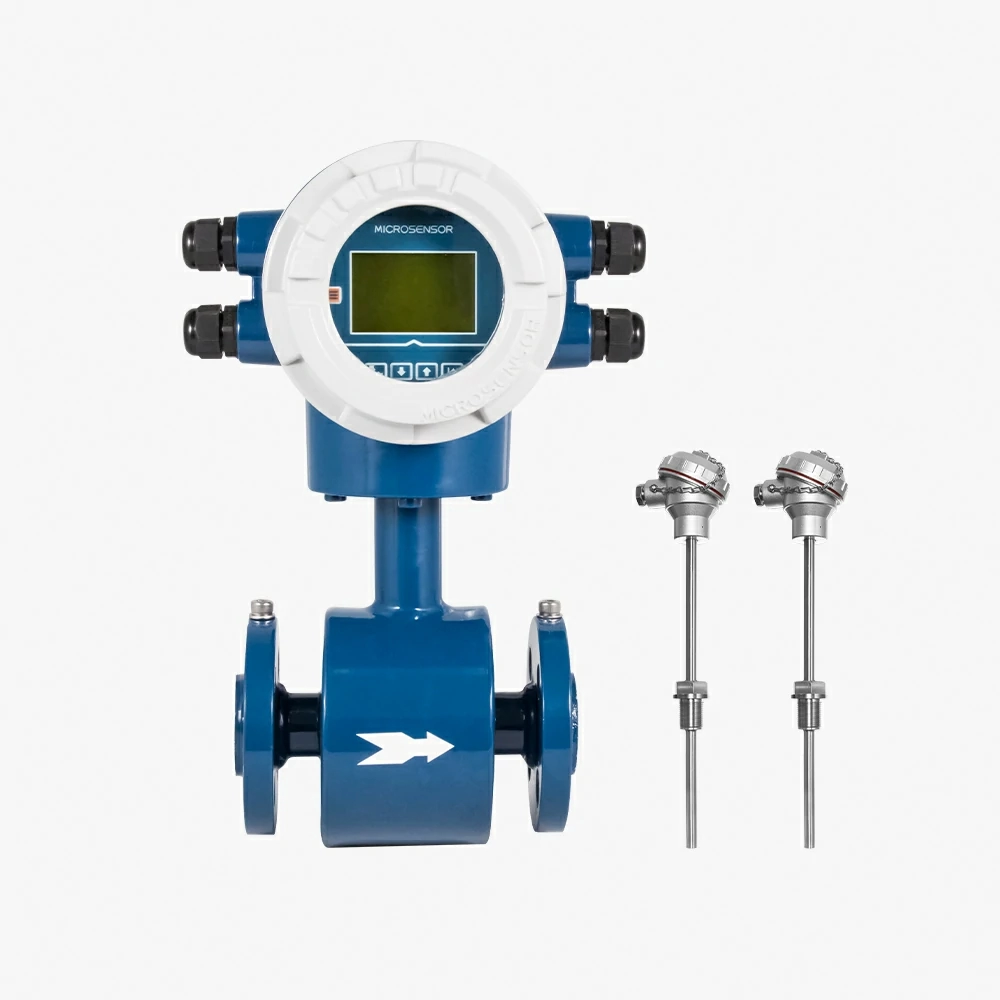
Diameter: DN25 ~ DN400
Structure type: separated type, integrated type
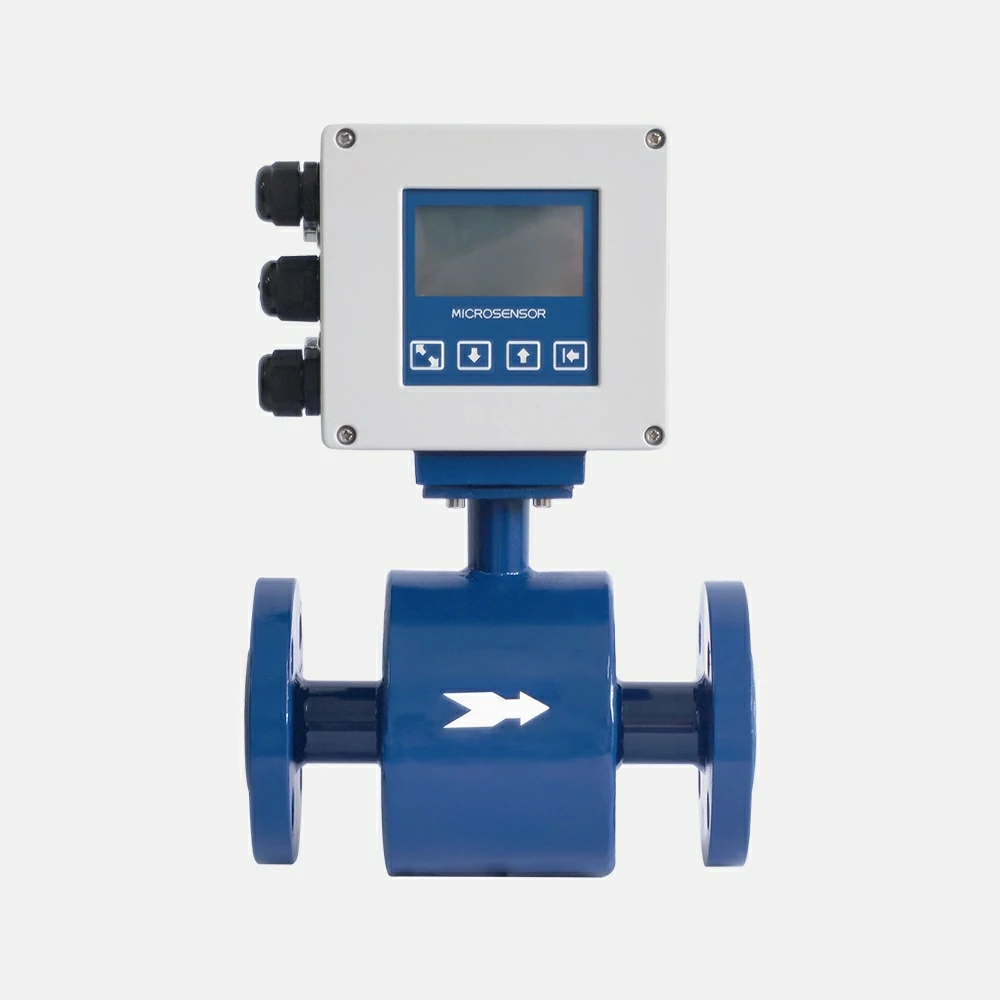
Flange: DN10~DN500
Accuracy: ±0.5%, ±1.0%
Corrosion- and wear-resistant electrode and lining materials available
Corrosion- and wear-resistant materials available
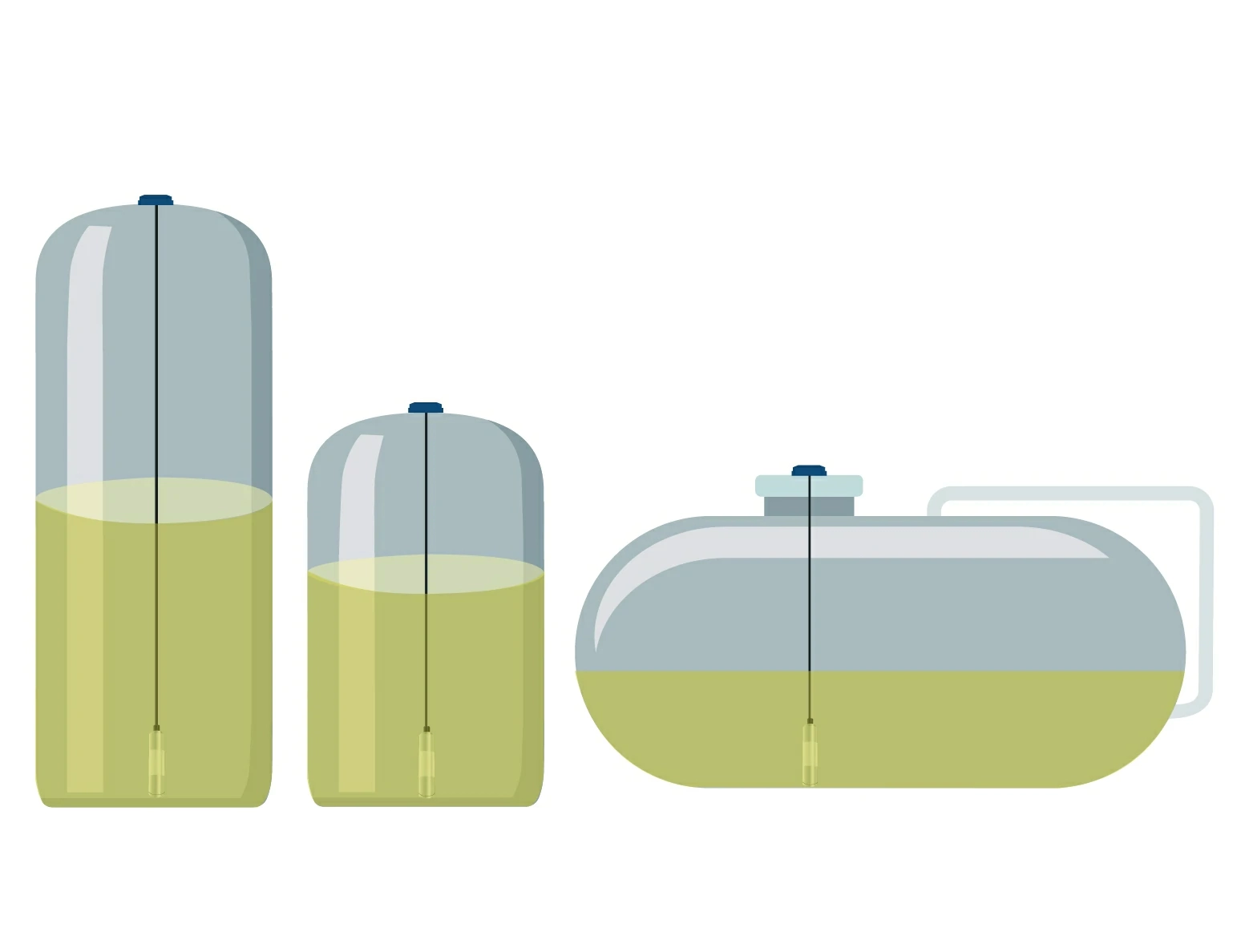
Oil is a high-quality energy and chemical raw material. That is, the "blood of industry". There are various challenges due to different environmental climates and storage conditions all over the world, as well as various unforeseen situations in the process of monitoring of oil tanks.
more info...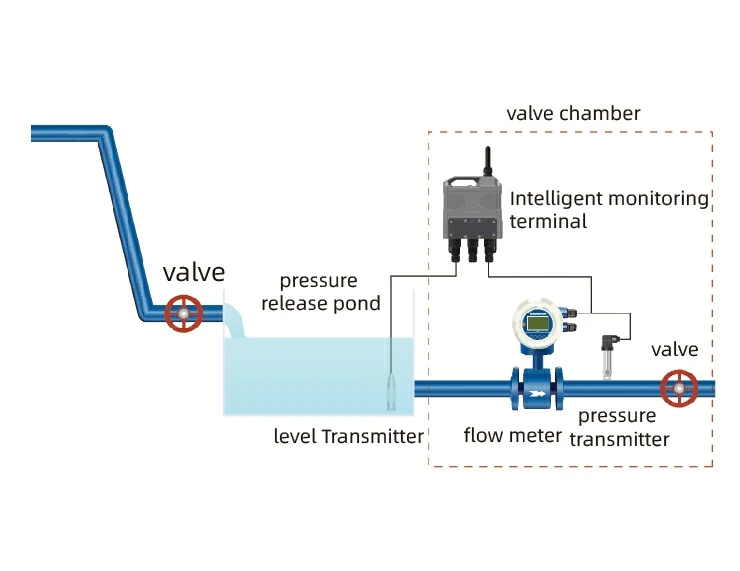
The pressure-release pond can regulate the pressure of the water supply network. It adjusts the pipe network pressure by increasing or decreasing the water volume. The pond maintains the pipelines at a normal level. At various stages of the pressure-release pond, different instruments need to be installed.
more info...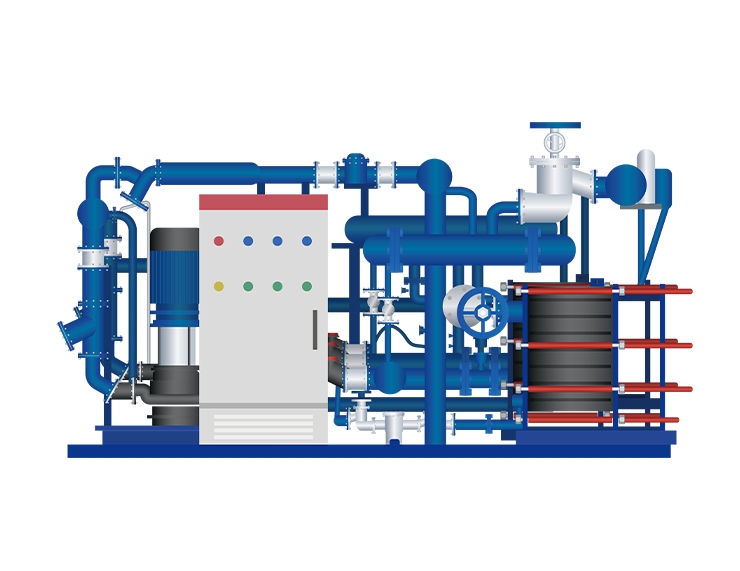
Pressure transmitters, temperature tranmitters and electromagnetic flowmeters are installed in the marine water circulation cooling system to ensure the heat exchange efficiency of the central cooler. By optimizing seawater flow control, energy saving effects are maximized and stable operation of the cooling system is ensured.
more info...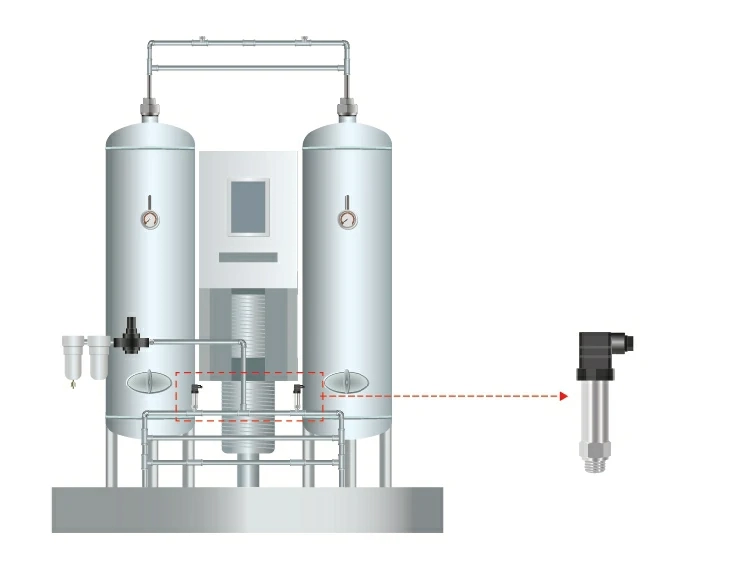
Nitrogen/oxygen generators are widely utilized in electronic equipment, medical devices, air conditioning refrigeration, and food & beverage industries. Pressure transmitters, being vital components of nitrogen/oxygen generators. They monitor the pressure within the container and throughout the variable pressure adsorption process.
more info...